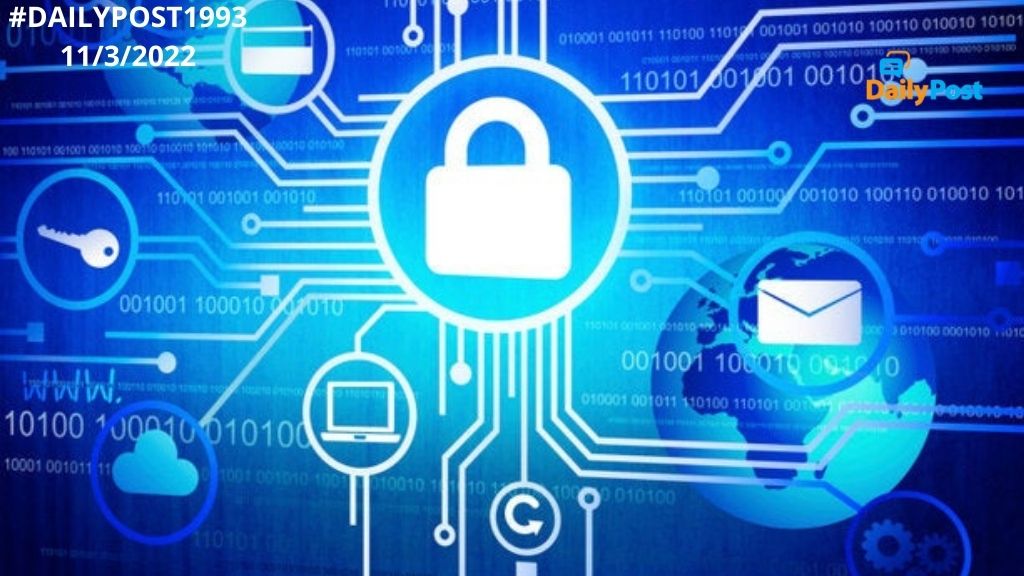DailyPost 1993
THE CYBER SURVEILLANCE INDUSTRY
The conventional trade of surveillance was restricted to government agencies with defined roles and duties within the law and through tools that can be accounted for. There were no great private players, it was a game of expertise picked up over decades enmeshed with little conventional technology, wherever available and required. Today’s surveillance has found its place in the sun, reasonably out of government control, facilitated by private players and propelled by cyber surveillance tools. Years of effort can be compensated by an eavesdropping tool, doing its job without anybody knowing of it, even in that fraternity. The cyber surveillance tools decide the strength a government will have in this area. A later business call can negate the advantage gained by the nation to which the tool was first sold.
The state players are unaware of the nuances of the game. It’s like a teenager playing with a firearm, thinking it to be a prototype, not knowing who else is in possession and what damage it can do to him. It is a complex game of understanding the cyber surveillance complex developed so meticulously, completely camouflaged and today becoming an industry which we are forced to reckon with. A report based on twenty years of data shows that hacking is the fastest growing business segment alongside more traditional wares like guns and tanks. The data has been collected from cyber-surveillance trade shows and arms fairs. There is an increasing overlap between the world’s arms trade and secretive surveillance industry.
This is damaging US national security and will lead to further abuse, if more accountability is not introduced. The beauty of this industry is that it has managed to keep away from the limelight. It is a cross continental booming surveillance industry. The hacker for hire and NSO scenario have given way to an understanding in the government that it is a largely hidden yet flourishing industry. The findings are based on the study of 224 cyber surveillance companies, all material that could be accessed. These companies don’t adhere to the sensible notion of not selling the tools to the adversarial nations. It is different from comparing to a weapon, tank or a fighter aircraft because here the damage happens because of data leak or compromise in a variety of ways for a variety of purposes.
The damage an Israeli Cellebrite or NSO – Pegasus is known to the world. It is nefarious to the extent of putting the world on tender hooks. Connecting the subject to an extent no tool has ever achieved. The trade is global, with over 75% of companies selling cyber surveillance and intrusion products outside their continent. They sell happily to both NATO and its adversaries. There is no willingness to self-regulate, the other way round they can be called as ”irresponsible proliferators.” National security concerns are inbuilt into such sales. Governments are moving towards some forms of control but it is not turning out to be easy. The realization of the true scale is dawning on the nations today. The cyber surveillance industry is rife with obfuscation, and is the biggest challenge in fathoming it, for proper action. These are already tools of oppression for authoritarian regimes to strategic tools for non-NATO allies.
CYBER SURVEILLANCE CAN PUT THE RULES BASED INTERNATIONAL ORDER UNDER SEVERE STRESS.
Sanjay Sahay

